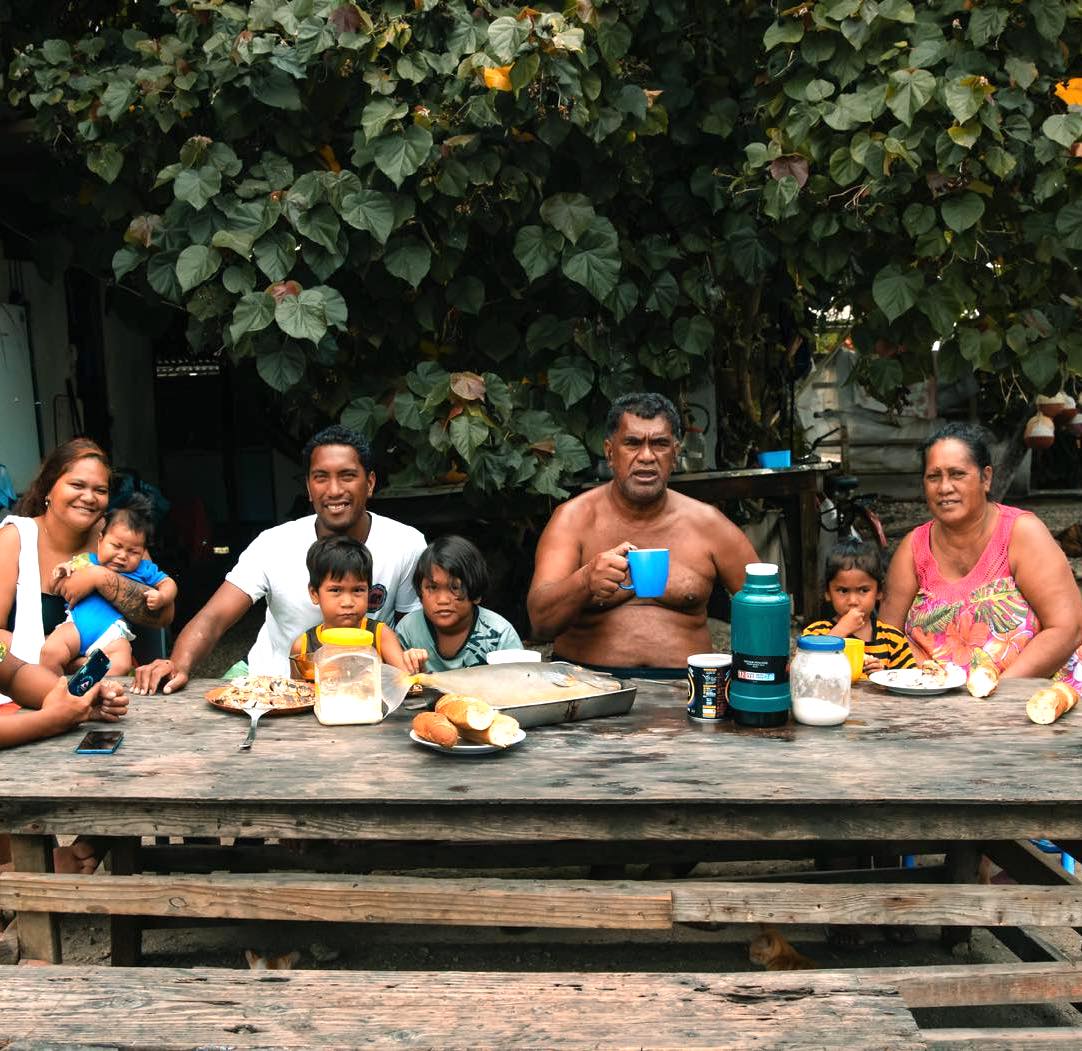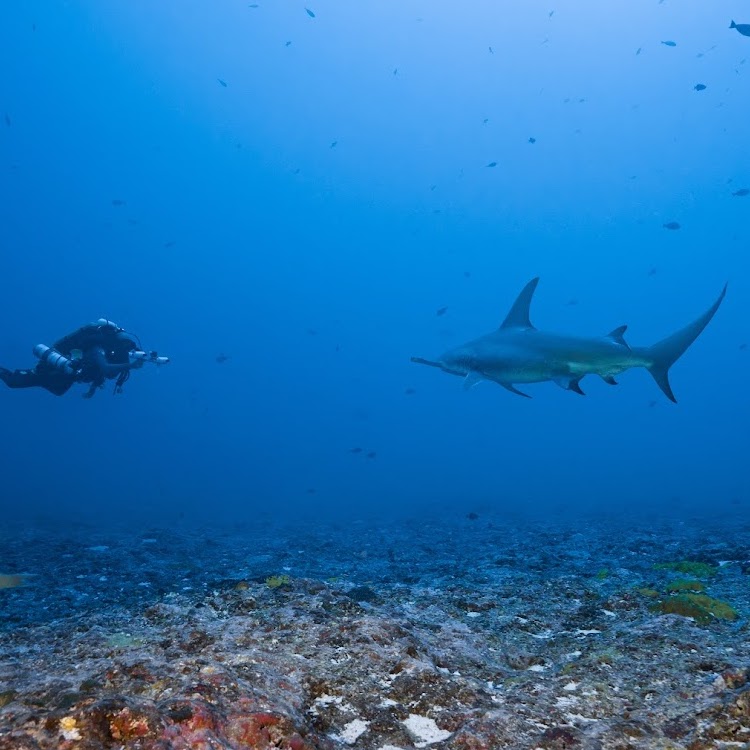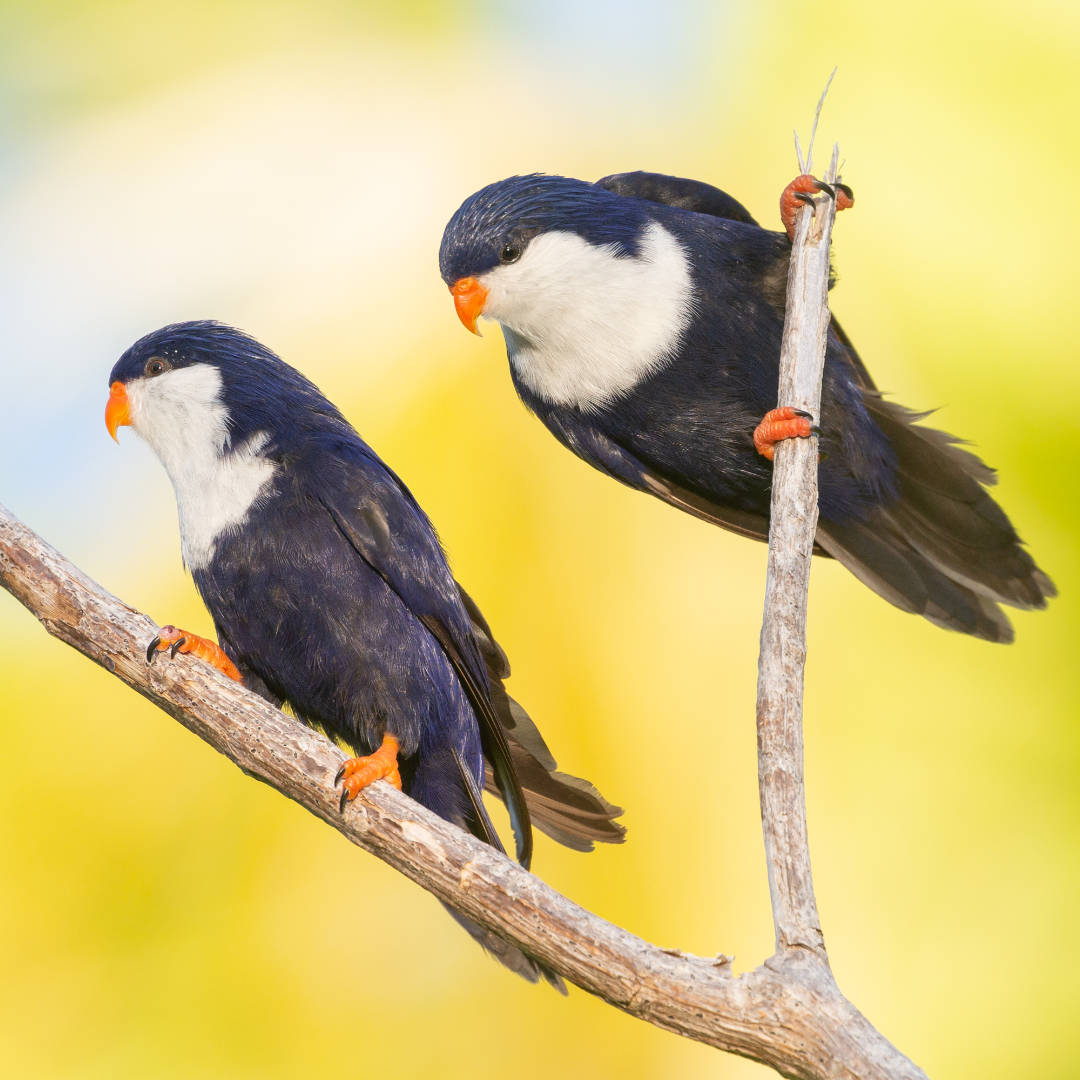written by Teva BEGUET for the 2023 edition

The study of the Longnose emperor in Rangiroa



Fish is the main protein source in French Polynesia and has a major historical and cultural importance in the Mā’ohi communities. Lagoon fishery exploded in the 60s and with the extensive population growth and the significant fish demand, some reef fish species were found predominantly targeted, such as the emperor group. This family encompasses numerous commercially exploited species found in tropical to sub-tropical regions within the Indo-Pacific Ocean and is widely exploited and dominant on market stalls. In Rangiroa atoll, it is the Longnose emperor (O’EO) that represents a keystone fishery resource.
It is a prominent species that has sustained a large portion of its livelihood for more than 40 years. Its fishery helps not only the local community of the atoll but also provides and represents food security and economic importance in numerous sectors, i.e. restoration and tourism, of several islands such as Tahiti or Bora Bora. Worried about the heavy exploitation and the scarcity risks on this fish, the people of Rangiroa raised certain concerns about the impact and the perennity of the fishery and the resource's health.

Therefore, with the help of the previous mayor, Mr. Maraeura Teina, The Nature Conservancy (TNC) answered the call to help the local community understand and improve their knowledge about the O’EO and to work together to preserve the fishery and the stock. In 2019, members of TNC and the local community started an extensive study on the fishery of this fish. Based on the local knowledge of that species and its biology, the goals were first to understand the life history traits and impacts of the current fishery on the fish stock.
The current fishery was studied over 3 consecutive years, from 2019 to 2021. In this endeavour, The Nature Conservancy collaborated closely with local fishers and applied a combination of fisheries methods including length-based fisheries stock assessment and life history analysis (size at maturity, fecundity, age, and growth) to provide the community of Rangiroa Atoll with a comprehensive assessment of this fishery.

Analysis of thousands of fish measurements indicated a heavily exploited fish stock under the existing circumstances. However, through the dedication of the local community, discussions on management options and recommendations took place. Consequently, a size limit of 45 cm was implemented. This particular size represents a mature fish that has undergone reproduction at least once, contributing to the replenishment of the fish stock. Additionally, the 45 cm size limit holds economic significance, as smaller fish resulted in financial losses and required double the fishing effort, considering that two small fish equated to one when sold. TNC is actively supporting the local community by providing tools, such as Fish Kit, to understand and manage marine resources in harmony with traditional knowledge.
The Fish Kit is a specialized tool designed for local fishery actors and aims at facilitating the generation of comprehensive fishery science. Its purpose is to enhance their understanding of resource exploitation and ultimately contribute to the improvement of coastal fishery management practices. This initiative serves as an opportunity for mutual learning and therefore, training/raising awareness among the younger generation is key. Thus, 2 young local technicians were employed to monitor the size limit effect and put into practice basic fishery science through data collection among the fishers' catches. Thanks to their commitment and work, the initial results indicated that the locally implemented size limit after only a year, suggested a more stable fishery and fish stock.

Rangiroa stands as a beacon of successful collaboration, showcasing a noteworthy model of teamwork in the Pacific region. Local communities and conservation organizations are joining forces to address common challenges related to shared values, marine resource management, livelihood, and food security. This initiative not only serves as an exemplary case but also opens doors for extensive studies, opportunities, and knowledge-sharing in the realm of fishery sciences. Currently, the island is engaged in a comprehensive study on the migration behaviour of the O’eo, coupled with the implementation of a fishery science training program that extends its reach to other islands in French Polynesia.
This approach involves active participation alongside those directly reliant on the resources, utilizing their valuable insights to effectively manage fisheries. The key to fostering a healthy fishery and sustaining marine resources lies in collaborating with local communities. This concerted effort aims to deepen our understanding of species through the identification of critical habitats, simultaneously empowering communities across different islands with tailored management tools. The overarching goal is to enrich knowledge, promote sustainable practices, and ensure the long-term well-being of both fisheries and marine ecosystems.
Mauruuru roa
